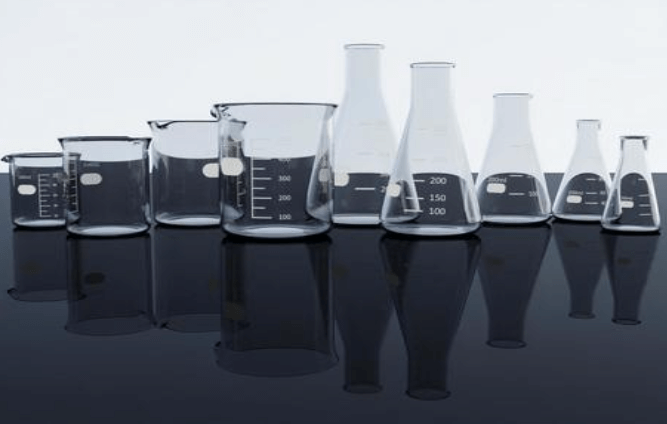Chemical beakers are indispensable tools in any laboratory setting, facilitating a wide range of experiments and analyses. However, their efficacy relies heavily on proper maintenance and cleaning practices. Neglecting to clean beakers thoroughly can lead to contamination, inaccurate results, and potential safety hazards. By adhering to correct cleaning protocols, you can prolong the lifespan of your beakers and ensure the integrity of your research.
Why Proper Maintenance and Cleaning are Crucial:
- Ensuring Accuracy: Contaminated beakers can skew experimental results, compromising the validity of your findings.
- Preventing Cross-Contamination: Residual chemicals left in beakers from previous experiments can contaminate subsequent samples, leading to erroneous conclusions.
- Ensuring Safety: Properly cleaned beakers minimize the risk of chemical reactions or spills that could pose safety hazards to laboratory personnel.
- Prolonging Lifespan: Regular maintenance and cleaning can extend the lifespan of your beakers, saving costs associated with frequent replacements.
How to Properly Maintain and Clean Your Laboratory’s Chemical Beakers:
- Preparation: Gather necessary supplies including gloves, goggles, cleaning agents, and a sink with running water.
- Rinsing: Immediately after use, rinse the beaker with distilled water to remove any residual chemicals.
- Soaking: For stubborn residues, soak the beaker in a solution of detergent and warm water for a few hours or overnight.
- Scrubbing: Use a soft-bristled brush or sponge to scrub the interior and exterior of the beaker, paying attention to any stubborn stains or residues.
- Rinsing (Again): Thoroughly rinse the beaker with distilled water to remove traces of detergent.
- Drying: Air-dry the beaker upside down on a clean surface or use a lint-free cloth to pat it dry.
- Inspection: Before storing the beaker, inspect it for any signs of damage or remaining contaminants. Discard or repair any compromised beakers.
Read also: Automotive Data Solutions: Enhancing Speed Through Improved Data
Environmental Considerations:
- Proper Ventilation: Ensure that your laboratory has adequate ventilation to prevent the buildup of fumes or vapors from cleaning agents or chemical residues. Proper ventilation not only protects laboratory personnel but also maintains the integrity of your experiments.
- Waste Disposal: Dispose of cleaning agents and chemical residues in accordance with local regulations and safety guidelines. Implement proper waste management practices to minimize environmental impact and ensure compliance with regulatory requirements.
- Green Cleaning Practices: Consider environmentally friendly cleaning alternatives, such as biodegradable detergents or reusable cleaning tools, to minimize waste and reduce the ecological footprint of your laboratory operations.
FAQs:
Q: Can I use abrasive cleaners on chemical beakers?
A: It’s not recommended as abrasive cleaners can scratch the surface of the beaker, making it more prone to contamination.
Q: How often should I clean my chemical beakers?
A: Beakers should be cleaned immediately after use to prevent residues from drying and becoming more difficult to remove.
Q: Can I use bleach to clean my beakers?
A: Bleach can be used, but it should be diluted appropriately and thoroughly rinsed to avoid leaving behind harmful residues.
Conclusion:
Maintaining and cleaning your laboratory’s chemical beakers is paramount for ensuring the accuracy, safety, and longevity of your experiments. By following the guidelines outlined in this guide, you can uphold the highest standards of cleanliness in your laboratory. For all your materials testing equipment needs, including high-quality chemical beakers, trust certifiedmtp.com to exceed your expectations.
